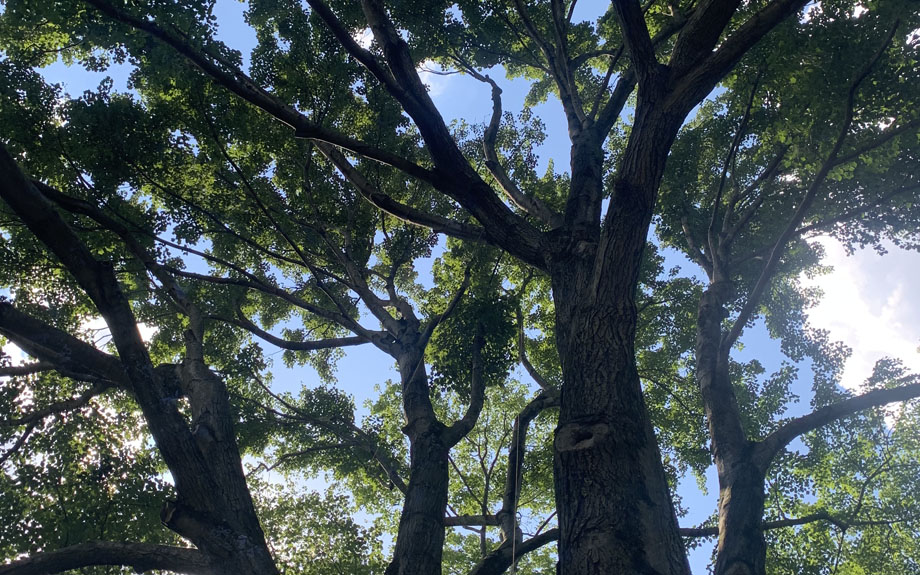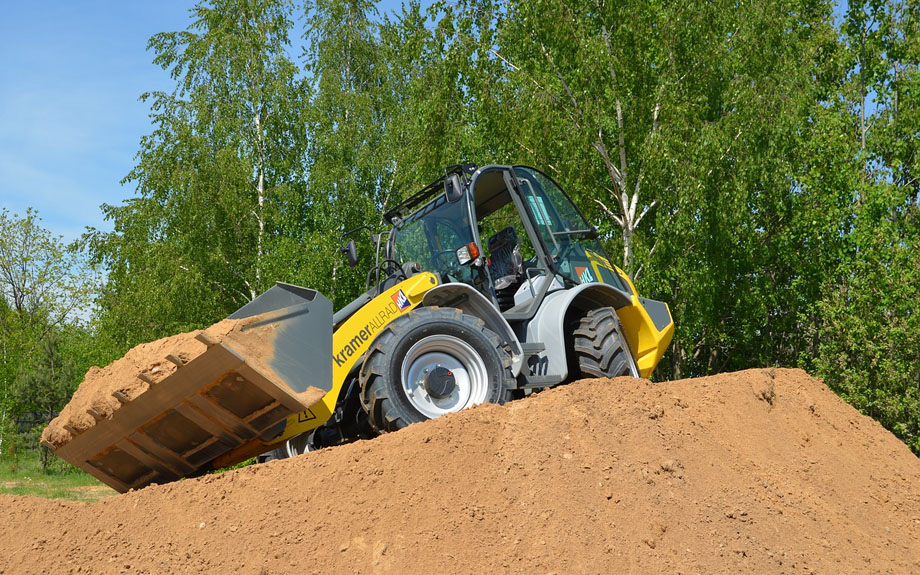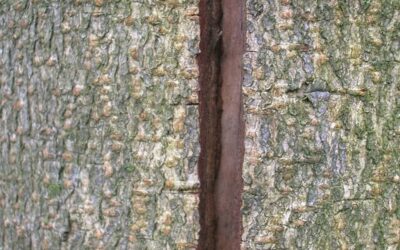Blog Topics
If you have a construction or major landscaping project planned, you’ll want to protect your valuable trees from the risk of inadvertent damage. While there are standard practices used by contractors to protect site elements, including trees, you’ll want a tree protection plan that is both comprehensive and specific to your particular landscape.
What is a tree protection plan?
The goal of a tree protection plan is to document existing conditions, evaluate existing trees, and to provide insurance against tree damage. It also will inform contractors how their job site organization can be designed to protect existing trees and prevent unnecessary damage without impeding their work.
The scope of a tree protection plan is greater than just your trees. To provide effective protection for your trees and to reduce risks from construction, you’ll need to consider your entire landscape.
A plan should also include language that addresses responsibility for tree damage mitigation, tree valuation, and tree replacement, as well as the dollar values for tree damage or tree replacement.

What To Do Before Construction Begins
Complete a Tree Protection Plan
Before any construction begins, and before a construction timeline is agreed upon, you should have a completed tree protection plan. A plan should work in concert with the planned construction activities and anticipate such activities as vehicle movement, material deliveries, staging areas, and construction material and equipment stockpiling.
Depending on the scale of the construction work, you’ll want your tree protection plan added to the construction drawing sets that are given to all project parties, or have copies given to the contractor and construction manager. And you’ll want a copy available on site to ensure that all sub-contractors are aware of the possibility—and the consequences—of damaging your valuable trees.
The best way to ensure thorough documentation of your landscape and trees is to have an accurate, scaled base plan that marks the location of your trees (and any other valuable landscape components), accompanied by an evaluation of each tree and component. If you had a civil survey of your property drawn up for construction permitting, you can use that survey as a base plan for your landscape documentation.
Complete a Tree Evaluation
A tree evaluation should include information from the International Society of Arboriculture’s (ISA) “Basic Tree Risk Assessment Form” and a standard numerical rating of a tree’s current health (and thus its value). It should also include all relevant information about each tree, starting with:
- A tree’s genus and species, plus cultivar name (if applicable)
- Height of tree
- Estimated age of the tree
- Canopy spread of the tree, with dripline diameter added to the scaled base plan
- Trunk diameter at breast height (DBH)
- Date and time of evaluation
- Name and ISA number of the evaluator
- Photographic documentation of existing conditions and each tree
It’s key that a certified arborist be the person to evaluate your trees in the pre-construction phase. ISA certified arborists are trained to evaluate trees and tree damage. They’re also required to adhere to a professional code of ethics that includes compliance with “all accepted professional standards related to arboriculture practice, including national practice standards and policies.”
If the arborist advises that certain tree limbs should be pruned or removed to prevent inevitable conflicts with construction, have that work done by certified arborists before construction starts.
Provide Detailed Notes & Tree Protection Specifications
Another valuable addition to your tree-protection plan is a drawing sheet or a binder of pages that has tree protection and tree risk notes, specifications, and construction details for the project’s construction manager, general contractor, and sub contractors to follow.
These notes and construction details will show the contractor how you expect your trees and your landscape to be protected from hazards. During construction and landscape projects, it’s common for unprotected trees to incur damage from:
- Soil compaction
- Soil trenching, excavation, and on-site soil storage
- Site re-grading
- Tree trunk, limb, and critical root zone damage
- Material and equipment delivery, staging, and storage
- Irrigation system damage
- Eroding soil from rainfall or construction water use
Any specifications should explain how protection methods should be installed, and what materials are acceptable.
Complete All Site Preparations
All site preparations and tree protection assembly should be done before construction begins, and all protective measures should be installed according to best practices and ISA-approved methods. An example might be constructing a robust physical barrier around trees instead of merely wrapping orange snow fencing around a tree’s trunk or flagging a perimeter area.

What To Do During Construction
Regularly Inspect Trees For Damage
Once construction begins, have a certified arborist make scheduled site visits and examine both the tree protection measures and the trees themselves.
Any damage that occurs during construction should be evaluated and documented in writing and through photographs. Notify the contractor or sub-contractor of damage to trees or of the risk of imminent damage from construction, and ask them to ensure that any damage or risks are remedied.
Likewise, contractors should be held responsible to notify you and your arborist immediately if they inadvertently damage trees. Repair or mitigation of tree damage is best done as soon as possible after the damage occurs.
Keep The Lines Of Communication Open
Communication between all parties should be prioritized to ensure everyone involved understands what should and should not be done. You may want to set up a daily or weekly meeting with your contractor to go over details and emphasize the importance of keeping your trees safe.
As construction progresses, any areas of site disturbance from completed tasks should be returned to their original state, and any unneeded materials should be removed from staging areas.
Ensure Trees Receive Enough Water
If you have an irrigation system that has been disconnected or removed to accommodate construction, supplemental tree watering should be done and documented. This is especially important during hot summer weather and if any soil has been uncovered or excavated in areas where soil-water evaporation may cause water stress to trees. Stressed trees are more likely to fall victim to insect pests or diseases.
An arborist can provide you or your contractor with information about how to irrigate trees while an irrigation system is not operating.
After Construction Is Completed
Evaluate All Trees
When construction is complete, the arborist should walk the site with the contractor to record and assess any damage to trees or other landscape components. Any trees dead or injured because of construction damage should be thoroughly evaluated in writing and by photos, and then assigned their monetary values included in the tree protection plan.
Check Other Landscape Elements
Other tree-related elements should be examined, including:
- Irrigation systems. Test your existing system to ensure it’s in the same working order as it was before construction. If it’s a newly-installed irrigation system, test it to ensure the valves and timed schedules are appropriate for the trees it irrigates.
- Soil grading. Check all site grading done during construction to ensure there are no negative consequences for your trees.
- Soil compaction. Evaluate areas of existing or disturbed soil to ensure there is no soil compaction that exceeds original conditions or recommended landscape soil compaction levels.
- Landscape damage. Any landscape components that relate to trees and were included in the scope of the tree protection plan should be evaluated for damage. These might include a water feature’s underground water line that, if broken, would saturate soil around a tree’s roots, or damage to shrubs or constructed elements whose repair or removal threaten a tree’s health.
In Summary
A tree protection plan isn’t intended to be punitive to contractors. Instead, it should serve to illustrate to everyone how interconnected trees and landscape are to all parts of a building site, how easily common construction practices can cause long-term damage to trees, and how damage-prevention measures can be integrated into site construction practices.
By establishing a clear tree protection plan before construction begins, communicating it to everyone involved, and ensuring that its provisions are followed throughout the project, you’ll end up with a better outcome and healthier trees.
Give Us a Call at 703-402-9366
If you'd like help with your trees or landscape, have any questions, or would like to schedule an appointment with one of our Certified Arborists, please give us a call. We'd love to hear from you!



